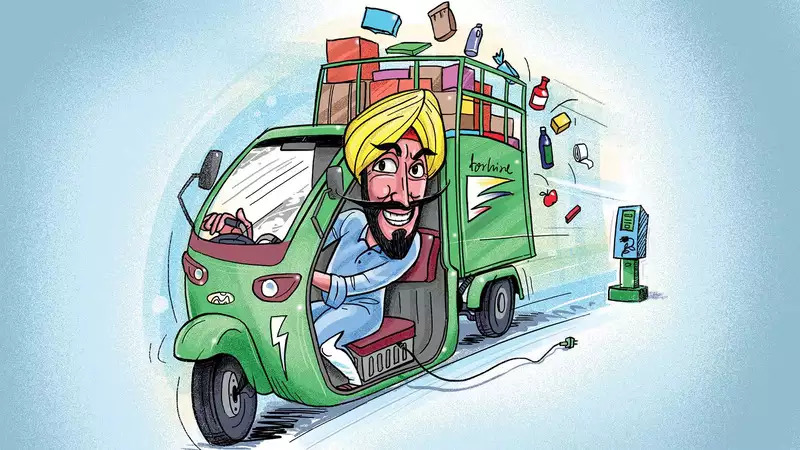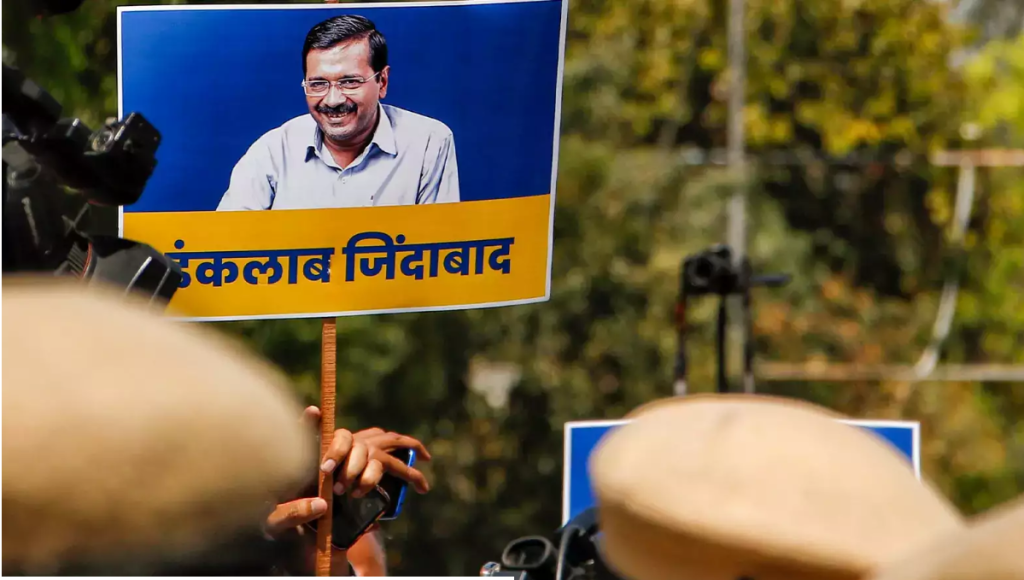Have Indian interest rates finally become globally competitive? I have long held that real interest rates in India are too high for a sustainable investment boom. This is the predictable consequence of crowding out by huge fiscal deficits. The Bombay Club says it cannot compete with foreigners having access to cheap finance. The World Bank-CII analysis earlier this year cited high real interest rates as one reason for India’s uncompetitiveness.
However, Indian interest rates have been crashing for over a year. The benchmark yield on 10-year gilts has fallen to a record low of 6.8 per cent, less than half the peak of 14 per cent in the mid-1990s. Today the Hindalco five-year bond, benchmark for corporates, yields barely 6.8 per cent. Less creditworthy borrowers have to pay much more. Still, can be a corporate benchmark of 6.8 per cent be called too high?
We can test this proposition two ways. One, look at inflation in India. Two, look at corporate bond rates abroad.
Take inflation first. What matters for industry is the rate of inflation for producers (that is, the wholesale price index rather than the consumer price index). This is running currently at 3 per cent. For manufacturing, it is 2.7 per cent. This means the best borrowers can raise five-year money at a real interest rate of just 3.8 to 4.1 per cent. History suggests that a real interest rate of 4 per cent is eminently competitive internationally. Judged by this yardstick, real interest rates are now low enough to justify an investment spree, at least by the top corporates.
Next, look at corporate bonds abroad. The yield on the Dow Jones Bond Index has varied from 6.4 to 6.8 per cent in the last month. In other words, the best Indian corporates can borrow in rupees at virtually the same rate as American companies can in dollars. Given that exchange risk for rupees, this sound almost too good to be true for Indian companies.
In America, the biggest Fortune 500 companies with high credit ratings can suddenly fall to junk status or even bankruptcy. A solid blue chip like IBM can borrow very cheaply today: its 2009 bonds yield just 5.1 per cent. But many other top stars of yesteryear are paying fancy interest rates on medium to long-tem borrowings, notwithstanding the fed’s slashing of short-term rates to 1.25 per cent.
AT and T bonds yield 7.9 per cent for 20007 maturity and 9.2 per cent for 20-year paper. Time Warner bonds yield almost 8 per cent. Reynold’s Tobacco, another traditional blue chip, yields 8.5 per cent yield for 2005 paper. Mighty Ford is now floundering and is paying over 10 per cent for fresh bonds. Even this is low compared with the 13 per cent yield on bonds of Lucent, the biggest telecom manufacturer.
Inflation is lower in the USA than India. The American GDP deflator has increased by less than 1 per cent this year. So real bond rates faced by many famous American companies are higher than those faced by top Indian companies. By this yardstick too, Indian rates are competitive.
On the other hand American corporates can borrow very cheaply if they opt for floating rates, as distinct from fixed-interest bonds. A spread of no more than 50 basis points above LIBOR for triple A rated companies is dirt cheap. By this yardstick, Indian rates are not fully competitive.
Still, they look more competitive than ever before. Why, then, do we not witness an investment boom? The production of capital goods has risen recently, but from a long trough. Non-food bank credit is up substantially. But the overall picture remains that many companies lack the confidence to invest, and many banks lack the confidence to lend. Some industrialists are terrified at the thought of competing with China if tariffs keep falling, as seems likely. Loan defaults by supposed captains of industry are so widespread that many lenders regard project lending as suicide. Despite the recent ordinance, they cannot easily seize or dispose of supposedly secured assets. Lenders are happy to lend to a handful of top-notch groups, but worry about others.
Why have falling real interest rates changed the climate so little? Largely because people fear it is unsustainable. The world economy is slowing again, and a double-dip recession could send the price of manufactures crashing again. Pessimists fear that Germany and the USA could fall into the deflationary trap that has enveloped Japan. In which case what look like low interest rates today will turn out to be high in real terms.
I think this doom and gloom is overdone. Even if a double-dip recession occurs, it will probably be mild and short-lived. Deflation for the USA looks far-fetched. The global economy is doubtless faltering. But a global upswing should come in 2004, if not in 2003. That is soon enough to justify investing now.
Attention all corporates. If you are creditworthy—admittedly a big if– start raising money for future investment while interest rates are low. Maybe rates will fall a bit further for a while, but surely not for long. Fiscal crowding out remains a monetary fact of life. Its impact on interest rates is low today since corporates are afraid to invest. But if corporates get no more than modestly optimistic in a year or two, the demand for investment funds will drive interest rates up very sharply. Remember the mid-1990s, when corporate demand drove borrowing rates up to 20-24 per cent. I doubt if rates will ever again go so insanely high. But go up they will. Despite the risk of a double-dip recession, this is a good time to borrow and invest.




